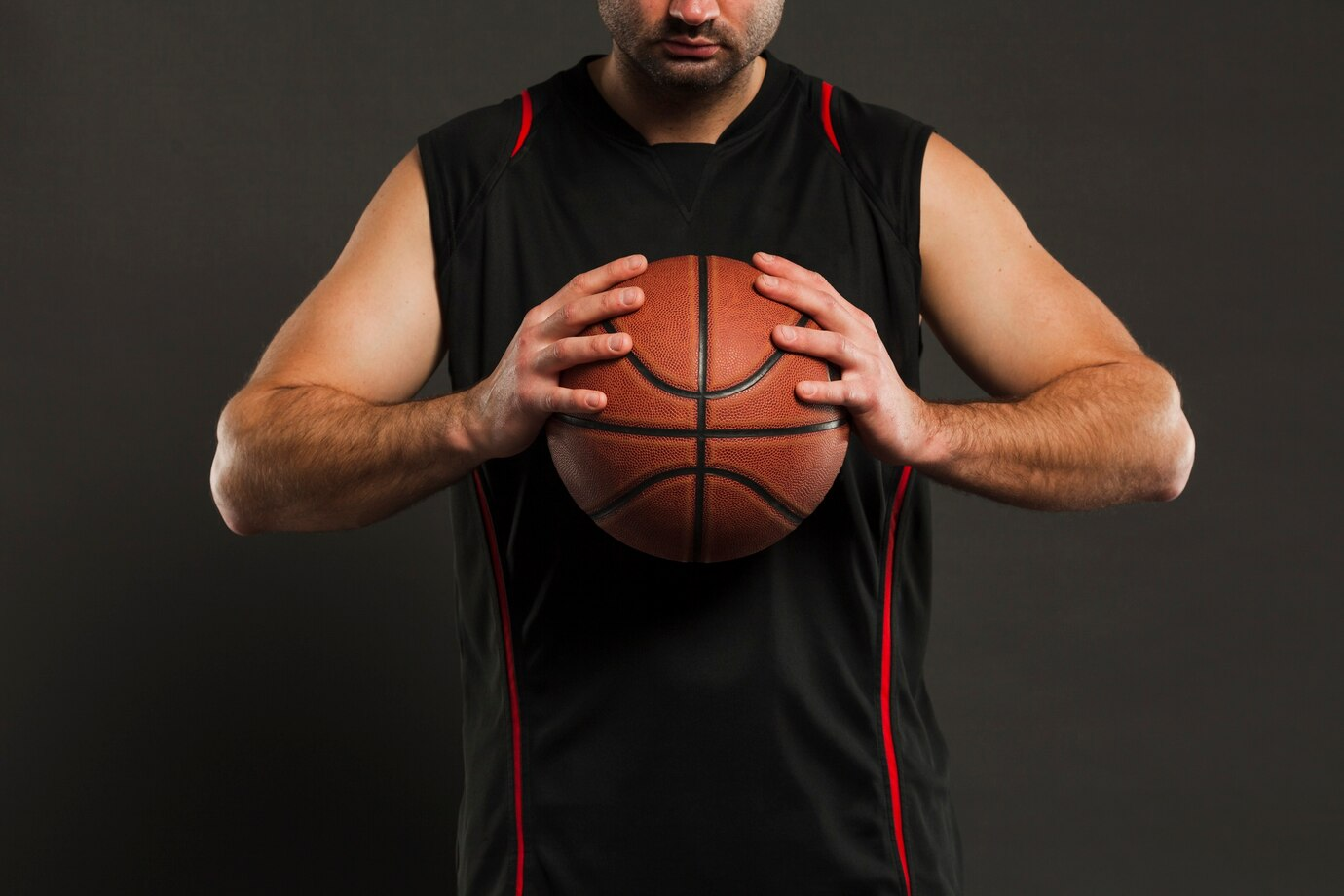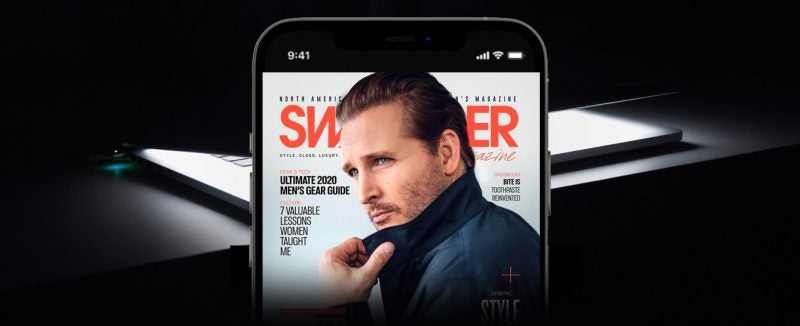Think of a world where every heartbeat, every sprint, and every drop of sweat an athlete produces is recorded and available for analysis.
This is becoming possible through connected jerseys, which take sports technology integration to a whole new level. These high-tech sports uniforms not only help teams and players but also offer deeper engagement and insights for the fans. The combination of data and sports is rewriting history. Let’s look deeper into how technology is transforming sports with this innovation.
What Are Connected Jerseys?
Connected jerseys are advanced sports apparel that comes with built-in sensors for collecting a user’s physiological and performance data in real-time. These jerseys were first used in professional leagues such as the NBA and NFL, where heart rate, speed, distance, and muscle strain are continuously monitored. Wearable technology is on the rise, along with the partnership between the NBA and Catapult Sports, which tracks player exhaustion during practices and games. To change how soccer is analyzed, FIFA started using Electronic Performance and Tracking Systems (EPTS) during matches in 2015. Some of this data has even become available to fans, and they actively use it for football betting. After all, the more data, the more chances to make the right prediction. Although their very presence does not give an advantage, you need to be able to analyze them correctly, but that is not the point now.
These jerseys can connect via Bluetooth and send the data collected to the coaching staff immediately. In rugby, teams like the New Zealand All Blacks use GPS-monitored vests to track participants’ workload for injury prevention, which helps them maintain their dominance. Players using biometric sensors for performance analytics was another way fans were brought closer to the game during the 2019 NBA All-Star weekend. These sensors, used during the AFL, have improved the tracking of player movements and reduced injury rates by 20%.
How Live Data Streaming Works
The step-by-step procedure of live data streaming from linked jerseys is as follows:
- Integrated Sensors: Sophisticated sensors monitor biometric data, including heart rate, body temperature, hydration, and muscle fatigue.
- Bluetooth or GPS Transmitters: Information is transmitted wirelessly to a remote device that may either be on the sidelines or built into the coaching tablet.
- Real-Time Analysis: Coaches and analysts are provided with live updates on stats, allowing them to make tactical alterations in real time.
- Cloud Storage for Later Review: All the data from a game is saved so it can be analyzed later, along with other information, to assess the player’s performance.
This integration provides instant feedback along with a lot of valuable data in the form of history. But if you prefer not history but the current moment and want to know what is happening where and how in the world of sports, it will be useful for you to subscribe to MelBet Facebook BD. There, you will find a lot of news, insights, and analytics, but the main highlight of this group is memes. After all, who doesn’t like memes these days? We are sure that everyone likes good memes, and this group proves it.
Boosting Team Performance with Real-Time Stats
Connected jersey data is useful in realigning strategies during a match. For instance, a player with an increasing heart rate can be substituted before exhaustion sets in, which significantly reduces injury risks. Since 2014, NFL coaches have been able to monitor plays, positions, and movement patterns of their players with the precise use of RFID chips embedded in shoulder pads, which track speed and acceleration during the game.
Performance trends analyzed over a number of games also assist in learning a player’s strengths and weaknesses. Soccer clubs like Manchester City use covered distance, sprinting, and heat maps to develop training sessions that enhance endurance levels and efficiency on the field. In Major League Baseball, the use of biometric data to alter pitchers’ mechanics has reduced strain on the arms, making it easier for athletes to prolong their careers, thereby bringing value to the franchises.
Enhancing Fan Experience Through Data
The use of connected jerseys allows fans to immerse themselves deeper within the game and feel excitement like never before. During basketball broadcasts, real-time statistics are presented, and they add to the discussion by revealing new information. During the NBA Summer League in 2018, tracking information was made available to the fans, including impressive details like player movement, shooting accuracy, and even how tired they were, which allowed them to engage with the game like never before.
Fantasy sports have also changed for the better. Fans can now change their fantasy rosters on the fly during the game using live performance information. As a result, they feel more engaged during the match. During the 2020 season of the MLB, Statcast data was added as a feature in the broadcasts, allowing fans to track the ball’s exit speed, the pitch’s spin, and where the defenders on the field were stationed. Having access to that information makes every action explosive, allowing fans to bond more with the sport.
Privacy Concerns for Players
The connected jerseys have many benefits, but they pose serious privacy concerns for the athletes as well. Here are a few examples:
- Data Ownership: There is ambiguity in figuring out who possesses the biometric data—the players, the teams, or the leagues.
- Potential Misuse: There is always a risk that sensitive health data will be shared, sold, or misinterpreted without the permission of the athlete.
- Contractual Implications: The performance and health metrics from the connected jersey can be used by the teams to negotiate contracts, which can result in the athlete being treated unfairly.
- Mental Pressure: Knowing that there is constant monitoring can add psychological stress on the player, which is detrimental to both performance and well-being.
Trust and the right to privacy are some of the many things that would be lost if there isn’t a proper balance between ethical data use and innovation.

The Future of Wearable Tech in Sports
We are at the tip of the iceberg in terms of technological advancement within sports. Consider the possibilities of augmented reality goggles, which provide live tactical coaching during gameplay, or smart shoes that monitor foot pressure to minimize the chances of injury. As these technologies emerge, the experience of the game will evolve. We are headed to a future where the athlete, the coach, and the viewer will be connected deeply. Attention and sports performance can be controlled like never before, with unparalleled passion. Take a seat, grab some snacks, and enjoy the show. The future of sports is played, streamed, analyzed, and experienced in vivid detail!

















